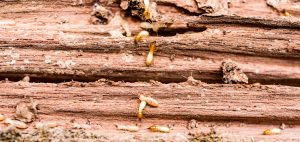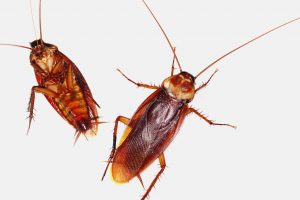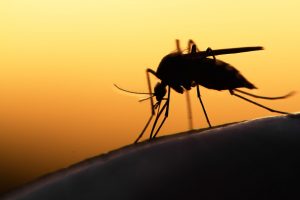
Grapeleaf skeletonizers, metallic-colored moths that fly mostly during the day, are the source of a host of pest-related problems in many areas of the country. Although, as is suggested by their name, these pests are mostly damaging to grape plants, they also feed on other plants, destroying developing fruits.
Grapeleaf Skeletonizer Facts
Grape leaf skeletonizers lay their eggs on the undersides of grape leaves. When the larvae hatch, they then begin to feed on their host plant, ultimately destroying the entire plant. The larvae experience five stages, and cause the most damage during the first few stages.
It is not uncommon to find grapeleaf skeletonizers feeding on the undersides of many vegetable plants in common home gardens. The skeletonizers may seek out other plant life, such as shrubs, bushes, and flowers.
Grapeleaf skeletonizers have tiny hairs on their bodies, which can cause minor to extreme skin irritation. This can be a problem for harvesters, especially for those who are extremely allergic to the insects. Rashes, red patches, and scratchy skin are all symptoms of direct bodily contact with grapeleaf skelontizers.
Grapeleaf Skelontizer Management
Biological control through the use of beneficial insects can prove effective at controlling these pests. Both the apanteles harrisinae and the amedoria misella are insects that attack and consume skeletonizer larvae, and can drastically reduce the number of skeleontizers in any given area. A certain granulosis virus can also be released in the area to attack the insects, but only in extreme cases and under very controlled conditions. Organic sprays, such as the Bacillus thuringiensis, can also be helpful in reducing grapleaf skeletonizer populations.
Non-organic pesticides and insecticides can also be used, but should always be handled by professionals in the field of insect control. Carefully scrutinize any insecticide that you plan to apply to any plant grown for human consumption. Most larvae respond effectively to insecticides.





